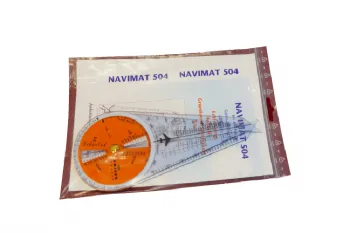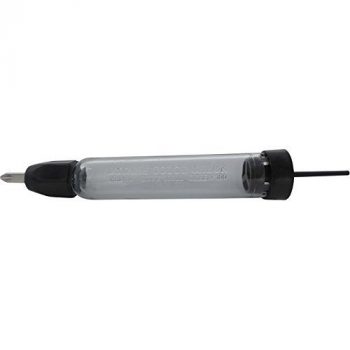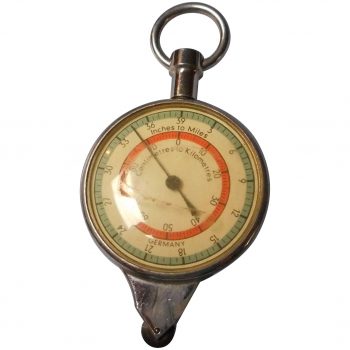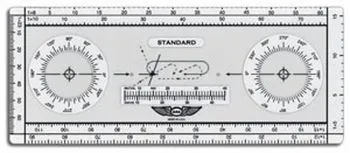Descrizione
It is the first, finest and only fuel analysis tester capable of separating non-petroleum contaminants and thereby purifying water and debris from contaminated AVGAS and jet fuel. This allows extracted fuel to be put back into the aircraft fuel tank and not on the ground, without the fear of reintroducing contaminants back into the fuel system. It also gives a visual display of jet fuel contaminated AVGAS and can be used with any petroleum fuel grade and octane, including Jet A fuel, automotive gasoline and diesel fuel. Storage
The GATS jar comes packaged in a reusable plastic bag. Save this bag to put the tester into after each use, when it is stored in the cabin during flight.
How the GATS Jar Works
The Screen Separator
The separator screen is made of a material that when coated with petroleum based fuels creates a barrier to the passage of water through it, but remains no obstacle to the flow of fuel. It is important to tip the tester only far enough to pour the fuel out through the screen, but not so far that the liquid level ever goes above the top of the screened opening. To work properly the separator screen must be coated with fuel before it is exposed to water. If water should impregnate the screen it must be removed before it can be used for fuel purification. To clear the separator screen of water, use a dry absorbent tissue or cloth and wipe the top of the screen surface thoroughly. The separator screen works equally well with jet fuel or AVGAS. The screen mesh also provides particulate debris filtration to approximately 200 microns.
Warning: If the separator screen is damaged, do not use the tester.
Reversible Sump Actuator
The sump actuator is reversible in order to operate all styles of sump valves. The actuator fits in the hole provided, with the slightly curved side of its collar against the inside wall of the separator housing. This registers the actuator probe to its most central position and keeps it from turning while it’s being used.
The Liquid Seal
The GATS jar employs an O-ring, which seals between the inside base of the separator top and the mouth of the collection jar to prevent unwanted leakage. This O-ring must be in place to achieve a positive seal. To reinstall the O-ring, place it into the separator top above the threads and flat against the screen partition. Do no use any lubricant. Screw the separator top and the collection jar together tightly enough to prevent leakage, but not overly tight.
Testing for Jet Fuel Contamination in AVGAS
The most accurate and reliable method of testing for jet fuel in AVGAS depends on the difference in the way they evaporate. AVGAS evaporates quickly and completely at moderate temperatures leaving no residue. Jet fuel at the same temperature evaporates much more slowly and will leave an oily film.
To test for jet fuel contamination with the GATS jar, coat the separator screen with the fuel sample. ?This is done when the extracted fuel is returned to the aircraft fuel tank. After emptying the tester turn the screen upright, so it can be blown on gently with one’s breath at a distance to avoid breathing in gas fumes. The heat in the exhaled breath will evaporate the AVGAS within roughly 30 seconds regardless of the ambient temperature. AVGAS alone will leave the holes of the screen empty and the screen looking dry. Jet fuel, if present, will remain in some of the screen holes in a random patter after the AVGAS has evaporated, in approximately the same proportion as the fuel mixture inside the fuel tank. With a little practice as little as 5% jet fuel contamination can be detected with this method, in any environment, and in any season. A safe percentage of jet fuel mixed into AVGAS has never been established. Therefore, if it can be detected, it should be considered too much.
Pooleys





